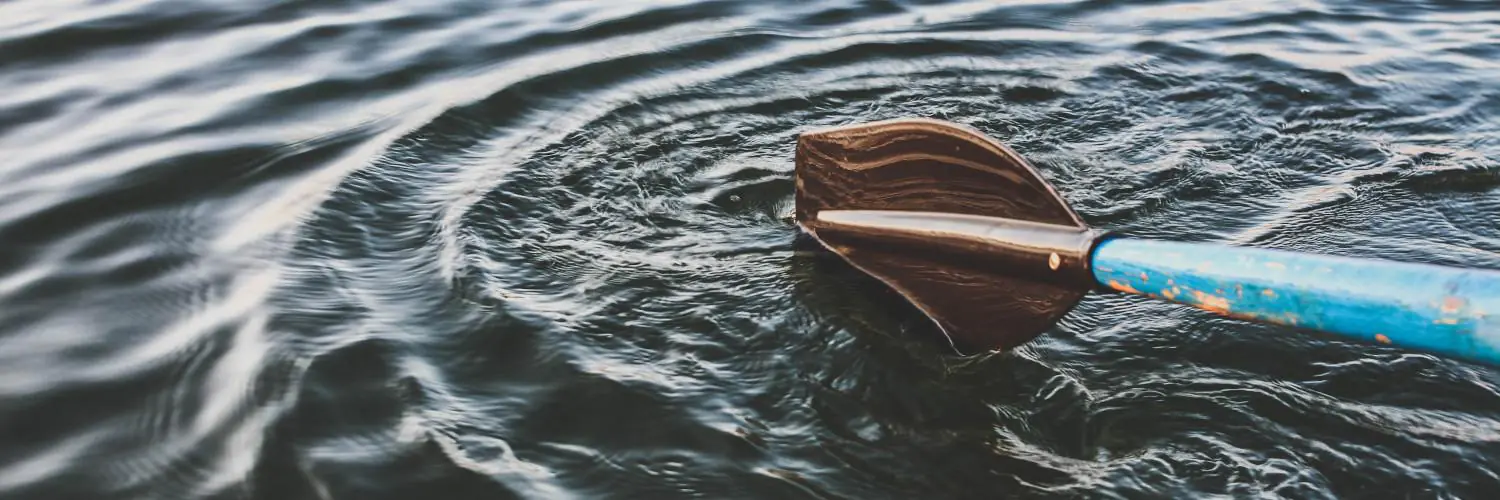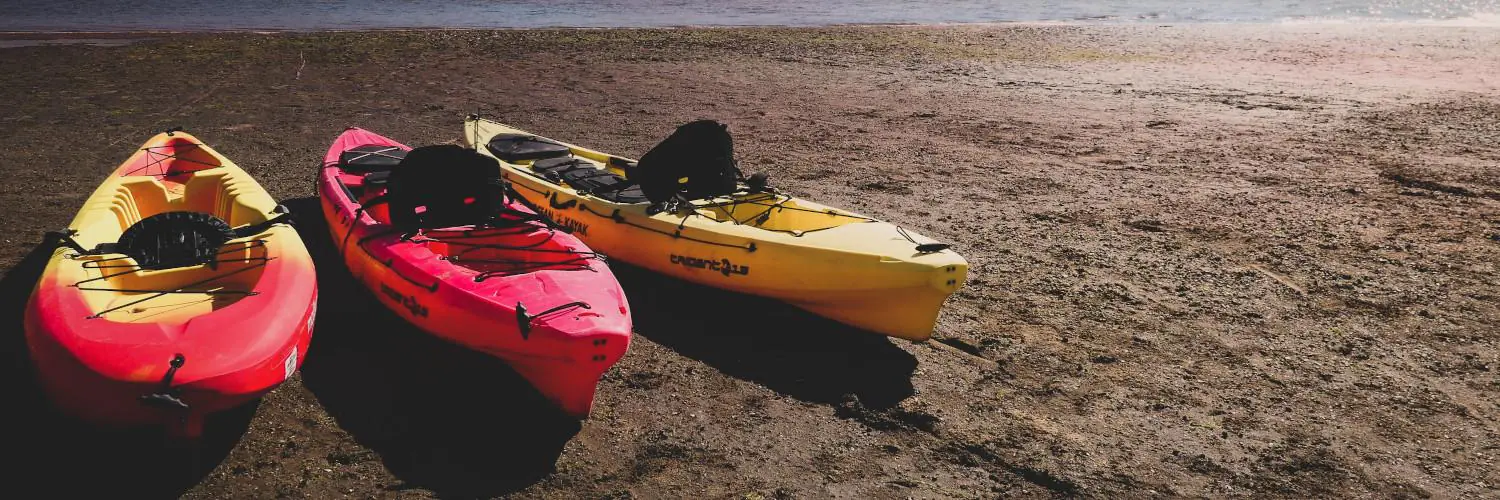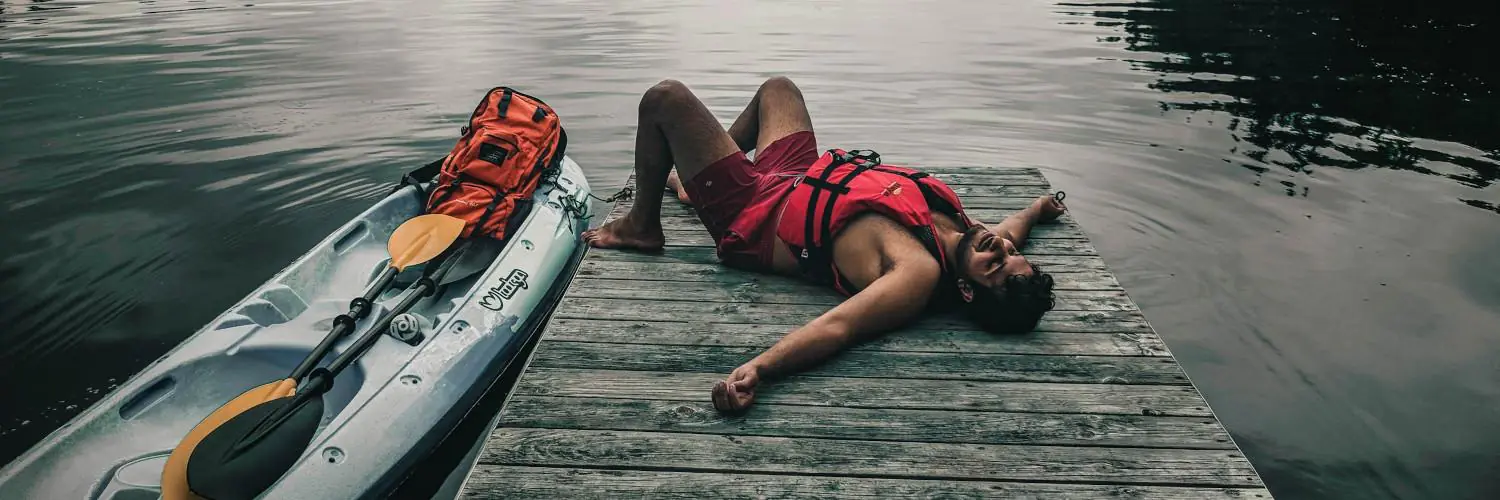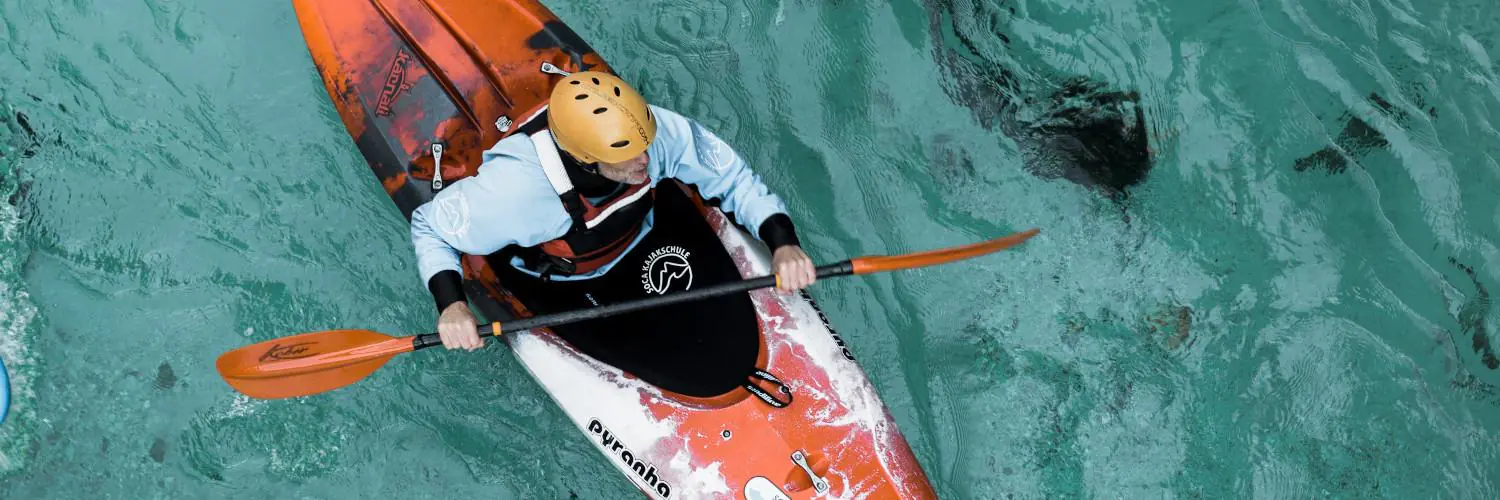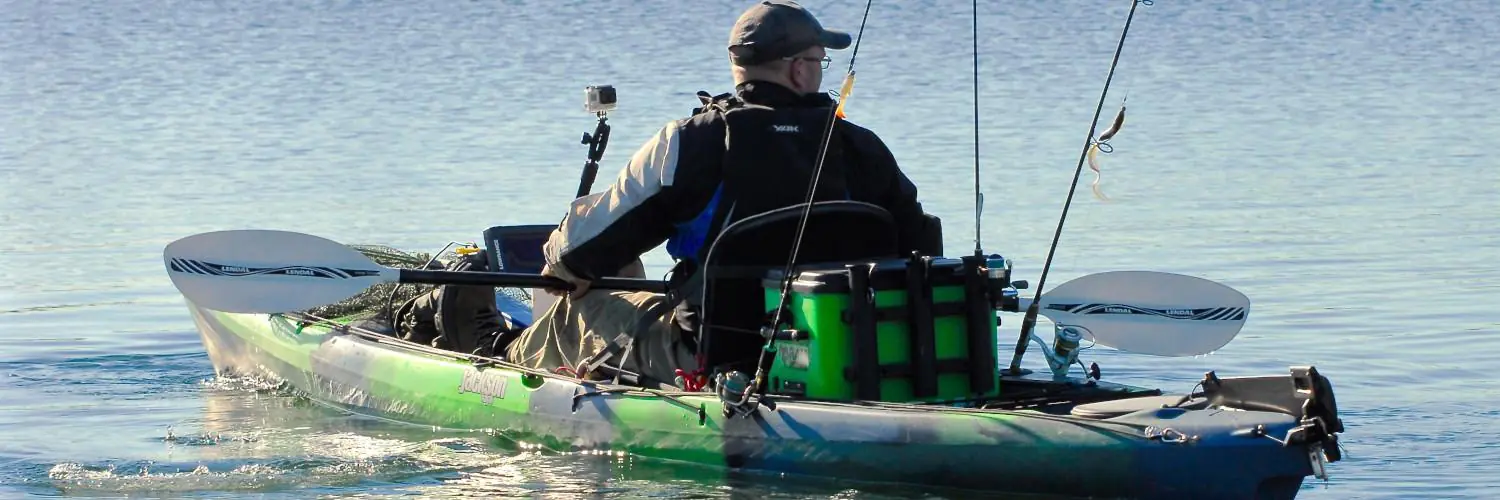Olympic sprint kayak events are flatwater races where athletes compete in head-to-head sprints over 200, 500, and 1,000 meter distances, in boats for one, two, or four people. These events are a major part of the Summer Olympic Games and attract some of the fastest paddlers in the world. Kayak sprint racing has been part of the Olympics since 1936 and is watched by fans who enjoy seeing the excitement of close finishes and powerful paddling.
Athletes in sprint kayak use double-bladed paddles and sit in the boat, racing in lanes for the entire distance. The events are easy to follow and can be a thrilling introduction to Olympic canoe sports. Recent Olympics have updated some race distances and events to make the competition equal for both men and women, giving everyone a chance to enjoy the sport.
Spectators tune in to see speed, strategy, and teamwork on display as countries send their strongest paddlers to battle for gold at the National Olympic Nautical Stadium of Île-de-France in Paris. The variety of events and the head-to-head action make sprint kayaking a standout sport during the Olympic Games.
Table of Contents
Overview of Olympic Sprint Kayak Events
Sprint kayak events are a major part of Olympic canoeing. They have a long history, follow strict rules, and require different skills than other canoeing disciplines.
History and Evolution
Sprint kayaking became an Olympic sport in 1936, when the Summer Olympics were held in Berlin. At first, most events featured men’s races over longer distances such as 1000 meters.
Over time, more races and categories were introduced, including women’s races and team boats. The number of events and race distances has changed to promote fairness and gender equality. For example, at the Paris 2024 Games, the men’s K-2 1000 meters was replaced with a 500-meter race to match the women’s program.
Milestones:
- 1936: Canoe sprint introduced to Olympics
- Post-war: Women’s kayak events added
- Recent years: Race distances and team setups adjusted for balance
Athletes today compete in K1 (single), K2 (pair), and K4 (four-person) kayaks, paddling with a double-bladed paddle.
Role in the Olympic Games
Canoe sprint is one of two main Olympic canoeing disciplines, alongside slalom. These events are part of the Summer Olympics and draw athletes from all over the world.
The races happen on flat water. Events include different distances (usually 200m, 500m, and 1000m) and varied boat classes. The focus is on speed and power in a straight line.
In recent Olympic Games, changes have aimed to achieve gender equality and include more events for both men and women. The 2024 Paris Olympics had 16 canoeing events in total, with sprint kayak making up a large share.
Sprints test both individual skill and team coordination, depending on the boat type.
| Boat Class | Number of Paddlers | Paddle Type |
|---|---|---|
| K1 | 1 | Double-blade |
| K2 | 2 | Double-blade |
| K4 | 4 | Double-blade |
Differences Between Sprint and Slalom
Sprint and slalom are both part of the Olympic canoeing program, but they are very different sports.
Canoe Sprint:
- Takes place on flat, calm water
- Races are straight-line sprints, usually 200m, 500m, or 1000m
- Timed for pure speed; no obstacles
- Boats are long and narrow for maximum speed
Canoe Slalom:
- Takes place on a whitewater course with rapid currents
- Athletes navigate a winding course and pass through hanging gates
- Timed for both speed and accuracy; penalties added for touching or missing gates
- Boats are shorter and more maneuverable
Sprint emphasizes speed across a set distance, while slalom tests control and quick decision-making on rough water. Both require strength and endurance, but the techniques and equipment are distinct.
Event Categories and Race Formats
Olympic sprint kayak events are divided by gender and ability, with specific boat types and race formats for each. Distances and crew sizes are fixed, and each race requires a mix of speed, power, and coordination.
Men’s Events
For men, sprint kayaking includes events using both single (K-1) and double (K-2) kayaks. Athletes sit in the boat and use a double-bladed paddle.
Typical race distances are 200 meters, 500 meters, and 1000 meters. Each distance tests different aspects of a paddler’s skill: the 200m is a quick sprint, while the 1000m requires endurance and pacing.
Canoe categories, like Men’s C-1, are also part of the sprint program, but focus on using a single-bladed paddle from a kneeling position. For kayaks, however, the most common men’s Olympic events are:
| Event | Crew Size | Distance(s) |
|---|---|---|
| Men’s K-1 | 1 | 200m, 1000m |
| Men’s K-2 | 2 | 500m, 1000m |
Each race is run on a straight course with individual lanes and timed heats, semifinals, and finals.
Women’s Events
Women compete in kayak (K-1, K-2) and canoe (C-1) sprint events. Both single and double kayaks are included, and events take place over 200m and 500m.
Women’s kayak events were added to the Olympics in 1948, increasing gender representation in the sport. The events are very similar in structure to the men’s, with fixed boat types and distances.
| Event | Crew Size | Distance(s) |
|---|---|---|
| Women’s K-1 | 1 | 200m, 500m |
| Women’s K-2 | 2 | 500m |
| Women’s C-1 | 1 | 200m |
Races are separated into heats, followed by semifinals and finals. Winners are decided by the fastest time.
Paracanoe Events
Paracanoe debuted at the Olympics to ensure athletes with physical impairments could compete at a high level. These events are held in both kayak (K) and canoe (V for Va’a) boats.
There are different event categories based on the athlete’s level of function. The main distances for paracanoe events are 200 meters. The classification system (KL1, KL2, KL3 for kayak; VL1-VL3 for Va’a) ensures fair competition.
Men and women both compete in paracanoe sprints. Each athlete races in a straight lane, and medals are awarded to the fastest finishers after heats and finals.
Key Distances and Boat Classes
Olympic sprint kayaking events use different distances and boat types. The races test speed, technique, and teamwork while featuring both single and multi-person competitions.
500 Metres
The 500 metres race is known for its fast pace and explosive power. Athletes must combine speed and strong paddling technique because the race is short and mistakes are hard to fix.
This distance is used in both men’s and women’s events. In recent Olympics, women’s kayak singles (K-1), doubles (K-2), and fours (K-4), as well as men’s K-4, have all raced over 500 metres. Races are usually finished in under two minutes, making starts and acceleration critical.
All lanes must be followed closely to avoid disqualification. The final sprint often decides the winner, so endurance and timing are both essential.
1000 Metres
The 1000 metres event is longer, requiring more endurance and race strategy. Athletes must pace themselves throughout the middle part of the race and save energy for a strong finish. This distance is mainly used in men’s kayak (K-1, K-2) and canoe (C-1, C-2) events.
A 1000 metres sprint usually takes a bit over three and a half minutes for top paddlers. Athletes need to maintain a high but steady speed. In longer boats like K-2, teams must work smoothly together to avoid slowing down.
In this distance, tactical moves—such as catching up in the last half of the race—can be more important than in the 500 metres event.
Kayak and Canoe Types
Sprint events feature both kayaks (K) and canoes (C) in various classes. In a kayak, the athlete sits and uses a double-bladed paddle. In a canoe, the athlete kneels and uses a single-bladed paddle.
Key boat classes include:
- K-1: Kayak single; one paddler
- K-2: Kayak double; two paddlers
- K-4: Kayak four; four paddlers
- C-1: Canoe single; one paddler
- C-2: Canoe double; two paddlers
Each class tests different skills, from solo racing in K-1 and C-1 to teamwork in K-2, K-4, and C-2. Specific rules and techniques also vary between kayaks and canoes. This provides separate challenges for the athletes.
Competition Structure and Regulations
Olympic sprint kayak events follow detailed processes for qualification, seeding, and race conduct. Strict rules set by the International Canoe Federation (ICF) ensure fair competition and standardized equipment.
Qualification and Seeding
Athletes qualify for Olympic canoe sprint events through world championships, continental qualifiers, and specific ICF criteria. Each country earns quota spots based on their athletes’ results at these events. The number of spots is limited to maintain balanced representation from all continents.
During the Games, competitors are divided into heats. Advancement to the next round—such as quarterfinals, semifinals, and finals—is based on finish times and positions in these races. Times in earlier rounds are sometimes used for seeding athletes, affecting lane assignments for later rounds.
Key facts:
- National quotas are set by results at designated events.
- Heats, semifinals, and finals make up the main race structure.
- Lane assignments matter because wind and water conditions can vary across the course.
Rules and Equipment Standards
The International Canoe Federation (ICF) sets specific rules for sprint kayak events. Boats must meet set length, width, and weight limits. For example, a K1 kayak can be up to 5.2 meters long and must weigh at least 12 kg. Equipment checks are performed before races.
Athletes must use double-bladed paddles and wear approved safety gear. All competitors must stay in their assigned lanes throughout the race. False starts lead to warnings or disqualification.
Rules summary:
- Only approved boats and paddles may be used.
- Each athlete must remain in their assigned lane.
- Weight and dimension rules are strictly enforced by race officials.
Recent Developments and Notable Highlights
Olympic sprint kayak events have seen several major changes and remarkable moments in recent years. These updates reflect the growth and diversity of the sport at the Olympic Games.
Olympic Kayak Cross
Kayak cross is one of the newest additions to Olympic canoe sports. This fast-paced event combines elements of sprint and slalom. Athletes race head-to-head on a whitewater course, navigating through gates and performing mandatory maneuvers.
Unlike traditional sprint or slalom, kayak cross features four paddlers in each heat. Contact between boats is expected, making the races intense and unpredictable. The introduction of kayak cross aims to draw new fans and excite younger audiences.
Kayak cross made headlines at the recent Olympic Games, as it expands opportunities for both male and female paddlers. The format rewards not just speed, but also tactical racing and quick decision-making under pressure.
Memorable Performances
The Olympic sprint kayak events have witnessed standout performances from athletes around the world. Paddlers like Lisa Carrington from New Zealand have set historic records and consistently reached the finals. At recent Games, she dominated the women’s K1 500m, finishing heats in under 1 minute 50 seconds.
Other top competitors include Hungary’s champions in K4 events and rising stars from countries such as the United States and Australia. New events and increasing participation by women have led to closer races and more nations reaching the podium.
Key recent highlights:
- Nevin Harrison’s medal-winning performance at the 2024 Paris Games
- Head-to-head battles in the women’s K1 and K2, with tight finishes and new national records
These achievements show the growing depth and global reach of Olympic sprint kayaking today.


